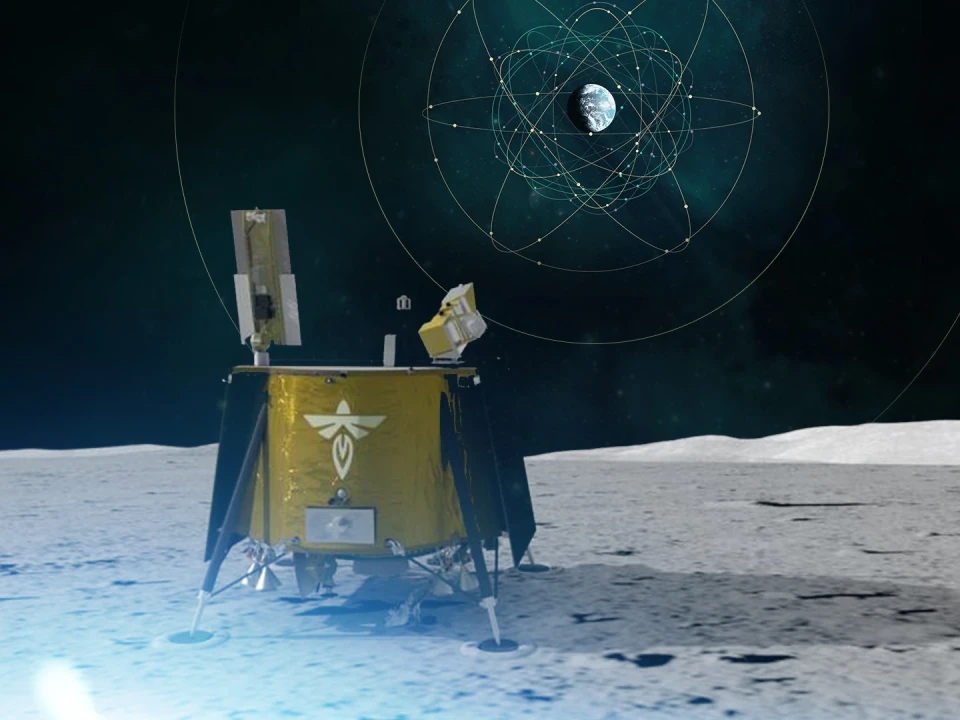As the Artemis campaign leads humanity to the Moon and eventually Mars, NASA is refining its state-of-the-art navigation and positioning technologies to guide a new era of lunar exploration. A technology demonstration helping pave the way for these developments is the Lunar GNSS Receiver Experiment (LuGRE), a joint effort between NASA and the Italian Space Agency.
LuGRE demonstrates the viability of using existing GNSS (Global Navigation Satellite System) signals for positioning, navigation, and timing on the Moon. During its voyage on an upcoming delivery to the Moon, LuGRE would demonstrate acquiring and tracking signals from both the U.S. GPS and European Union Galileo GNSS constellations during transit to the Moon, during lunar orbit, and finally for up to two weeks on the lunar surface itself.



